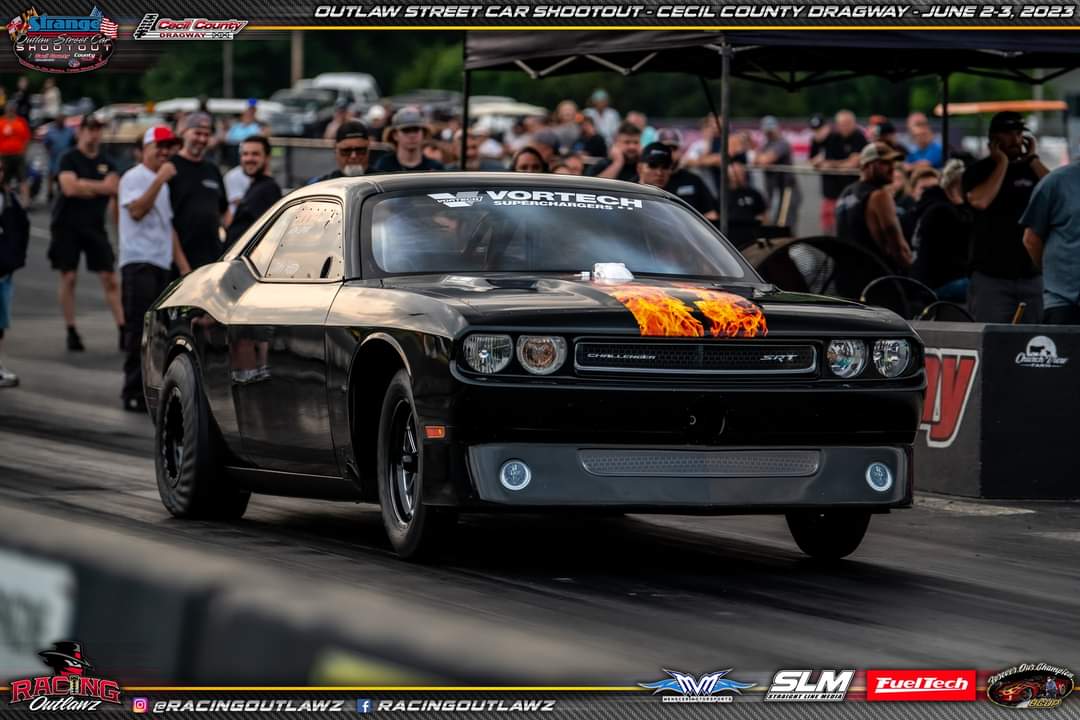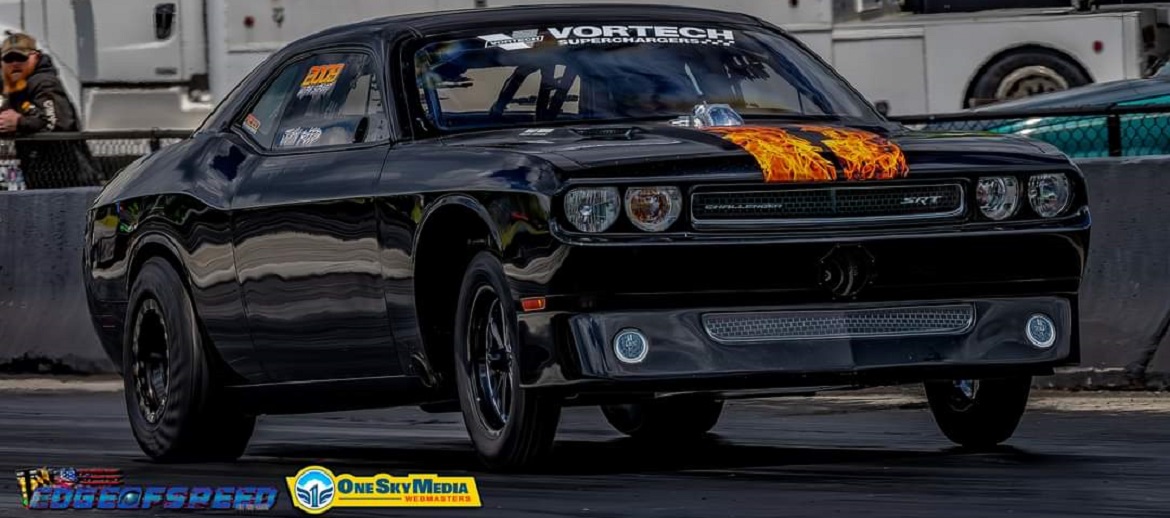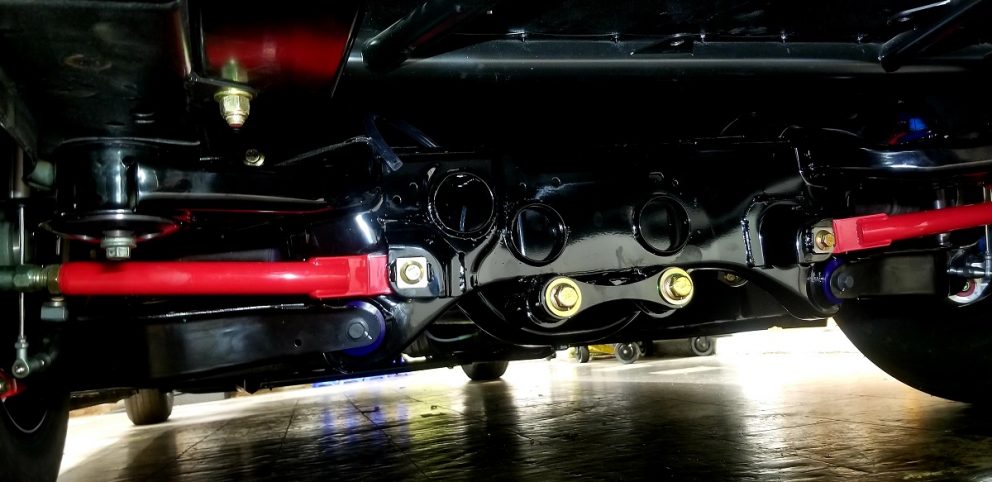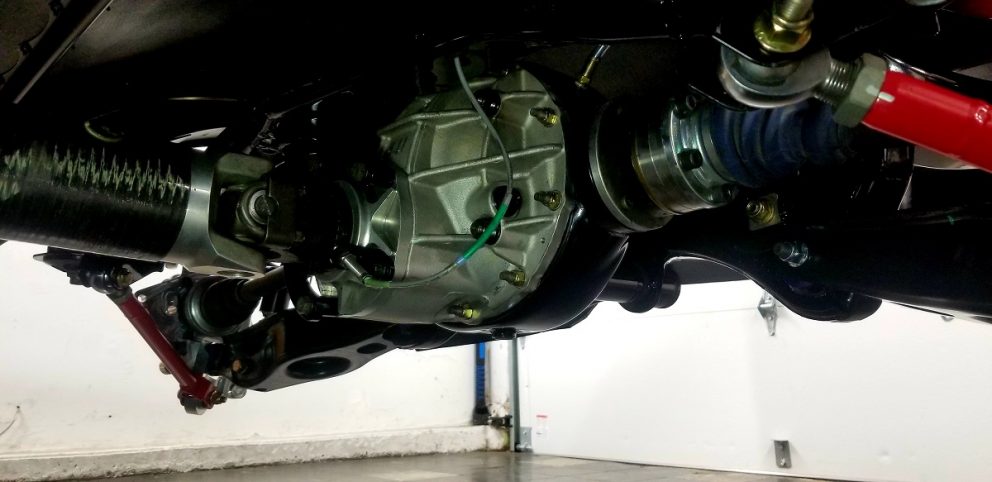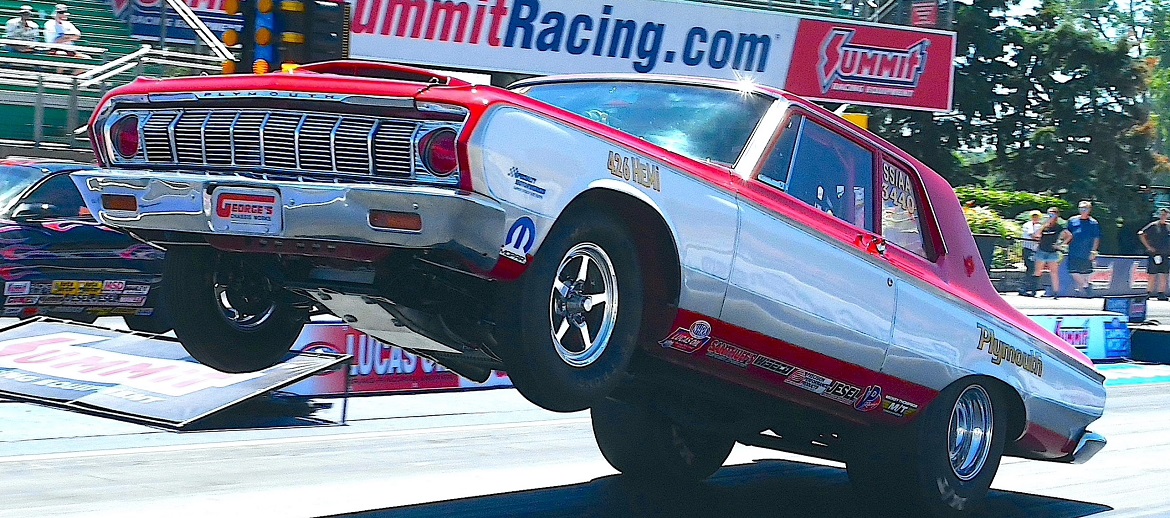John Reed’s Dodge Challenger: Mid-7s with Factory-Style IRS
2 years ago Owners + Clubs Video
The vast majority of the crazy-quick Dodge drag cars that we showcase have swapped from the factory independent rear suspension (IRS) to a solid rear axle. The solid rear axle has less moving parts, so there are fewer “weak points”, and while there are aftermarket options to strengthen the factory IRS, many racers opt for the durability and relative ease of a solid axle swap.
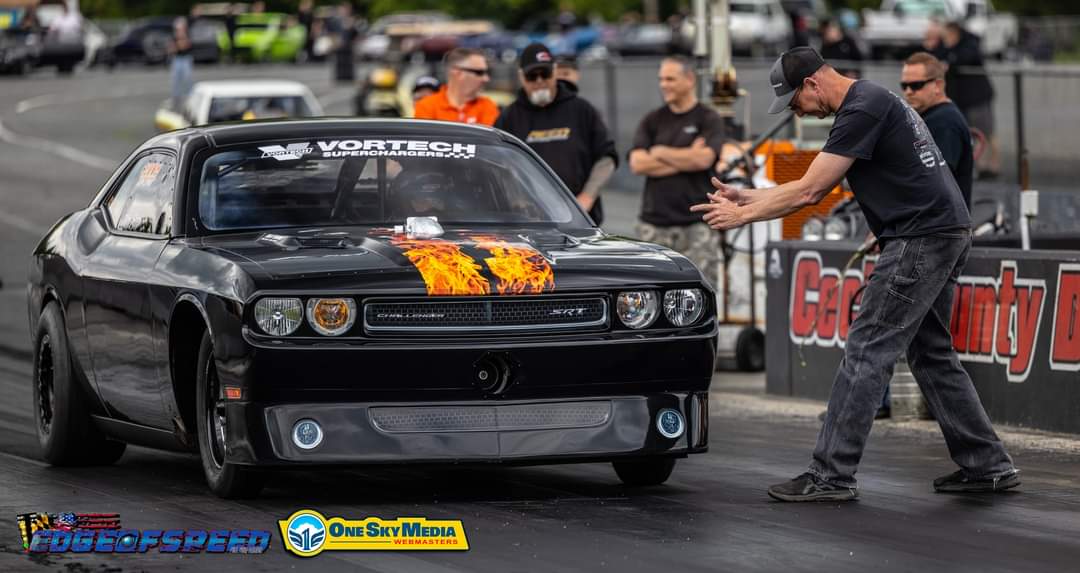
John Reed is not one of those racers, and since he started racing his modern Dodge Challenger back in 2010, he has been proving that a well-driven, well-modified car can run deep into the 7-second quarter-mile range with independent rear suspension. He was the first to run in the 8s and the first to run in the 7s with a modern Challenger with IRS, but what makes his current best quarter-mile elapsed time of 7.59 even more impressive is the fact that this car is built to dominate eighth-mile racing – so he is coasting through the quarter-mile beams in the mid-7s. That shows how hard Reed is leaving the line and getting to the eighth-mile mark – literally coasting down the back-half of the quarter-mile in the 7-second range – while running record-setting eighth-mile times in the mid-4-second range. In fact, Reed holds the current eighth-mile record for a Dodge Challenger with factory-style IRS with a 4.566 at 156 miles per hour. He also holds the record for the best 60-foot time by a modern Challenger with the factory style IRS with a 1.10, but he is regularly in the 1.13-1.14 range.
For comparison to a production car, the 2023 Dodge Challenger SRT® Demon 170 is the quickest production car ever and the official 60-foot time for that car is 1.29, which is also an incredibly strong time for an IRS car. Today, we bring you a look at how John Reed built his 2009 Dodge Challenger into a record-setting racecar with a factory-style independent rear suspension system.
The Early Days
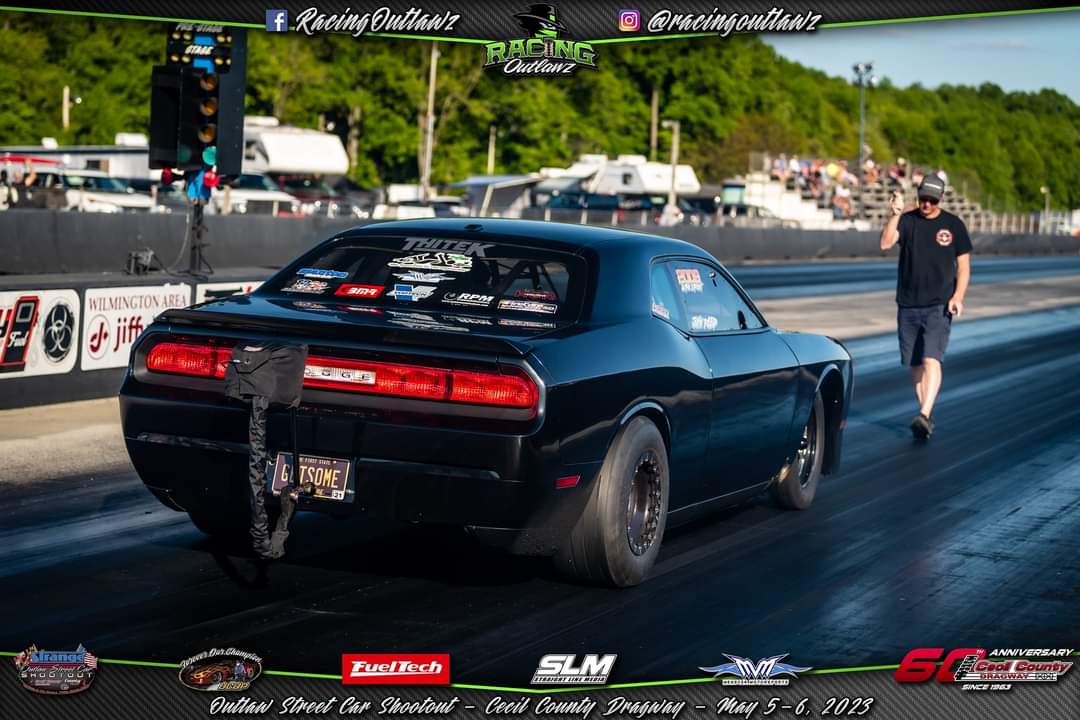
When John Reed bought this Dodge Challenger R/T, it was powered by a 5.7-liter HEMI® engine, which sent 375 horsepower toward the rear wheels by means of a 6-speed manual transmission. In 2010, he started by adding a cold air intake and a full exhaust system that included headers, followed by a 175-shot of nitrous oxide and the proper engine tuning to make the most of the aftermarket upgrades.
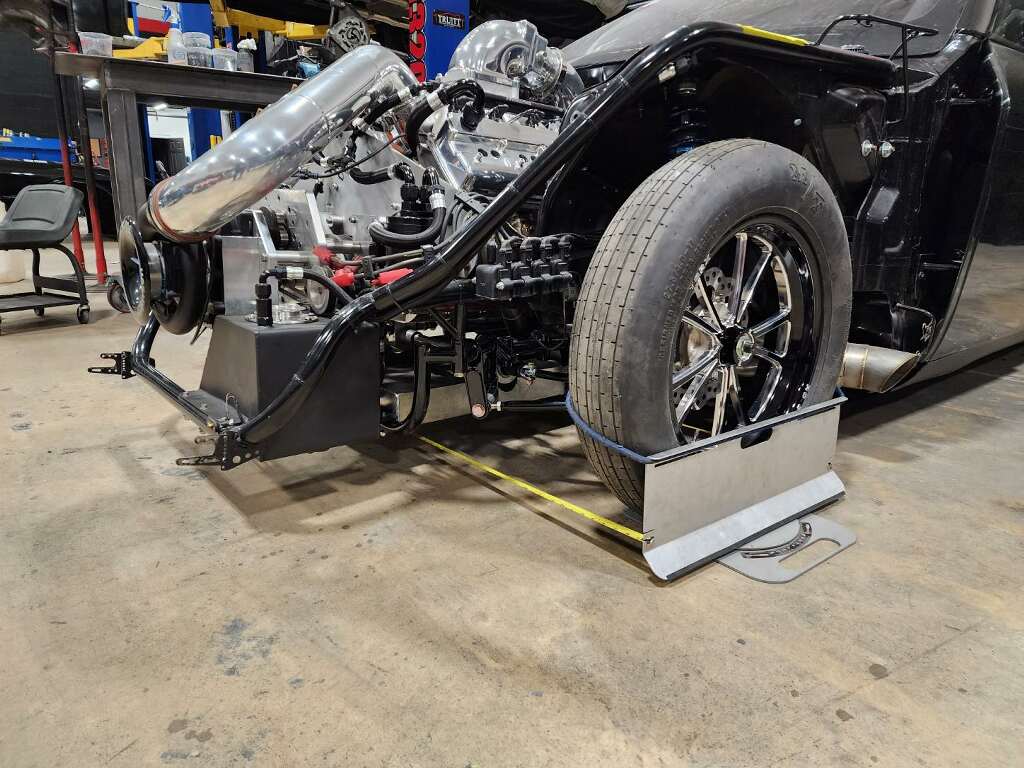
In 2012, Reed made the first big change, removing the 5.7-liter in favor of a built 392-cubic-inch HEMI engine fitted with a Vortech YSI-B supercharger, leading to gobs more power than the bottled factory engine. In 2013, he swapped the 6-speed manual for a built TH400 race transmission, at which point he was running in the 8.60s in the quarter-mile.
That setup made John Reed and his Dodge Challenger the first to run in the 8s with the factory-style IRS, but he wanted to go even faster. That required a significant full-vehicle build that included a new engine, but Reed maintained the IRS setup, becoming the first to break into the 7-second quarter-mile range with the latest drivetrain setup.
Reed’s Modern Challenger
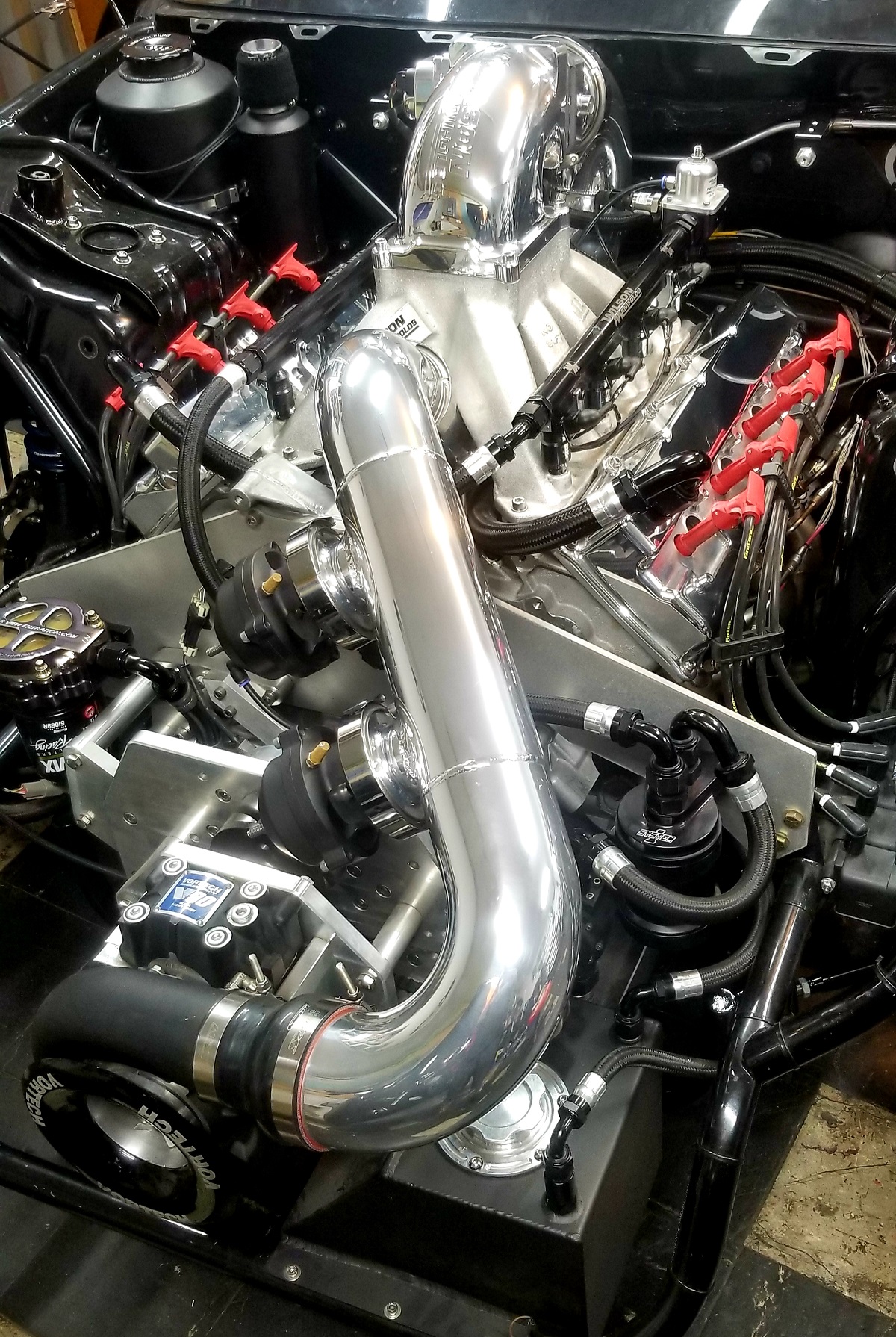
Today, John Reed’s 2009 Dodge Challenger is powered by a Billy Briggs Racing Engines 426 Gen III HEMI engine (based on the modern 6.4L block) that has been fitted with the best performance parts on the market. This includes a set of ThiTek cylinder heads, Manton pushrods and rockers, a Wilson Manifolds intake manifold, 550pd Billet Atomizers fuel injectors, a Firecore 50 8-plug wiring setup, a Holley EFI Dominator ECU system, custom fender-exit headers using Burns stainless and Smith Innovation Products and a V30/94 Vortech supercharger – leading to roughly 1,575 horsepower at the rear wheels.
That power is sent to the rear wheels by means of an RPM Transmissions 2-speed TH400 and a Driveshaft Shop 9-inch rear differential. The independent rear suspension setup is comprised of Menscer Motorsports coilovers and BMR Suspension control arms and bushings, with a full Rhodes Custom Auto 25.3 chassis. A set of RC Components wheels and Mickey Thompson 275/65R15 street-legal drag radials get the power to the racing surface, leading to 1.1X 60-foot times, eighth-mile times in the mid-4s and quarter-mile times (coasting) in the mid-7s.
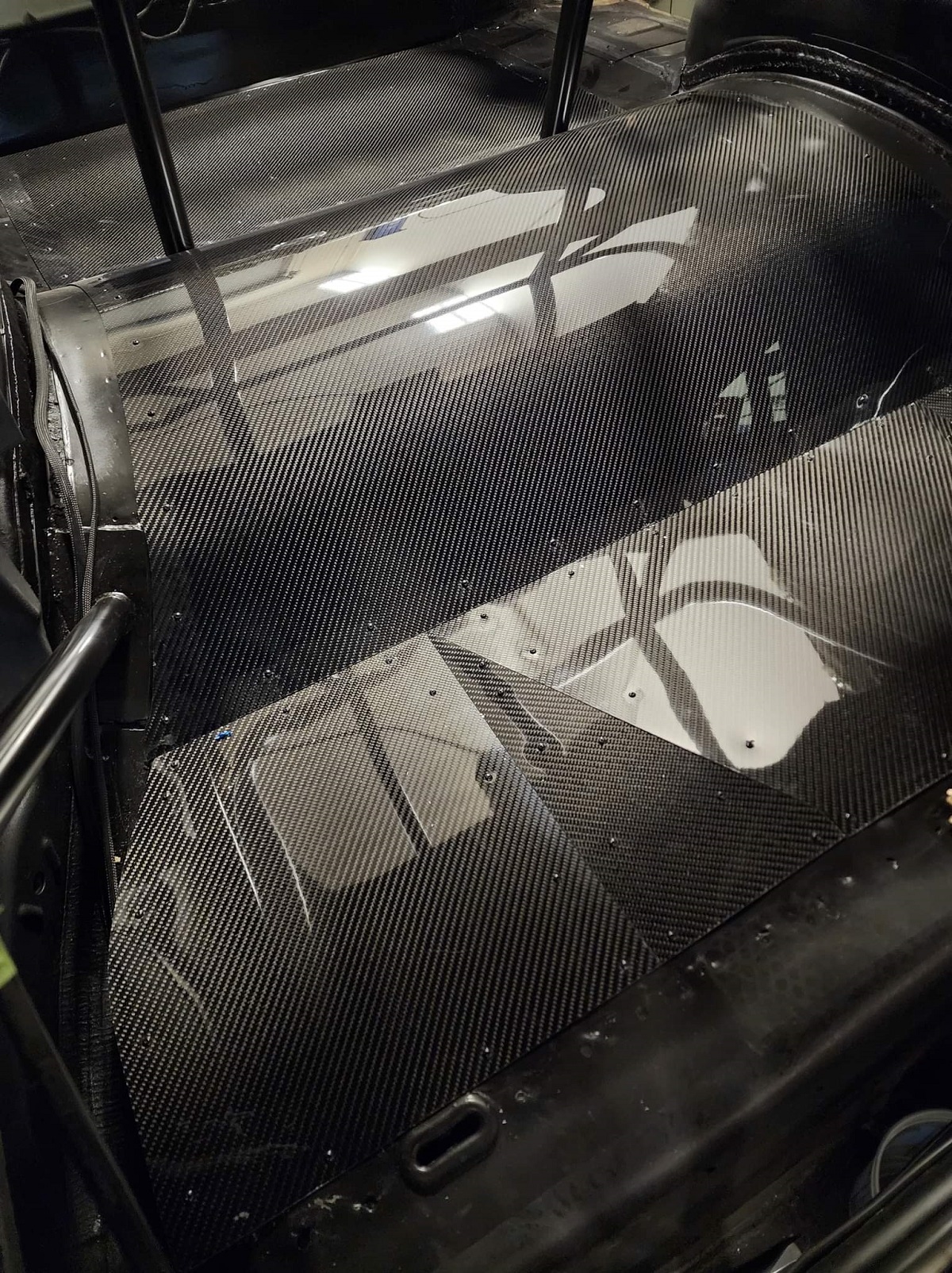
Aiding in his record-setting track times is a carbon fiber rear floor and Reed Motorsports spec front end suspension components from Menscer Motorsports. All of the key work on this car is done by 1320 Fabrications with Mike Dez handling the tuning efforts, in addition to all of the work that John Reed does on his car himself.
As mentioned above, this setup has allowed John Reed to run a best eighth-mile time of 4.566 at 156 miles per hour (shown above) and a best quarter-mile time – coasting from just passed half track – of 7.59 at 145 miles per hour. On that 7.59 run, Reed ran 4.69 at 153 in the eighth-mile, so based on his 4.566 record, his Dodge Challenger could go much deeper into the 7s if not set up for the shorter track.
For those who aren’t sure what we mean by Reed’s car being set up for the eighth-mile, the combination of the TH400 and the rear differential lead to too steep of a gear to run the supercharged HEMI engine for the full 1,320 feet, so he accelerates hard to the 660-foot mark (usually winning and/or setting records) and then lets off, coasting through the end of the track in the 7-second range. In fact, at a recent event, Reed was on the brakes – not just coasting from half-track – and he was still well into the 7-second range. This isn’t ideal for the best quarter-mile times, but for the Ultra Street and HEMI Outlaw classes in which he competes, this setup has proven to be very successful.
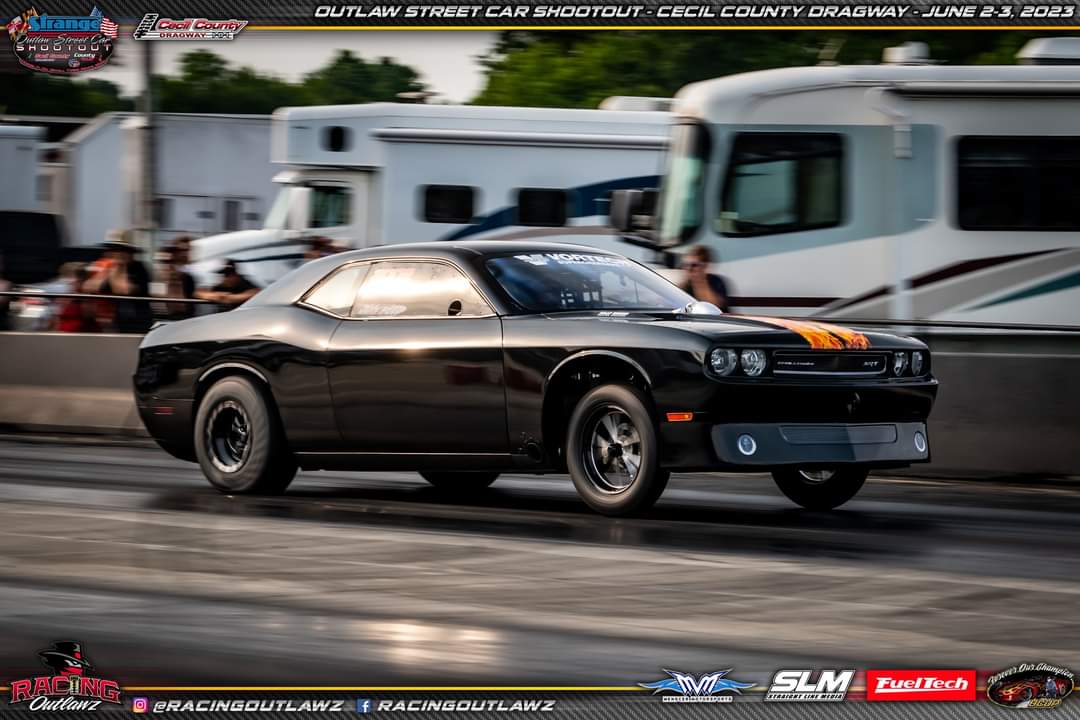
And he has run all of these numbers with a factory-style independent rear suspension setup in his 2009 Dodge Challenger. We asked Reed what allows him to be so fast with this factory-style setup.
“I think what makes me fastest than others… without being cocky… but I believe its because I understand how the IRS suspension works and keeping it simple. Remember, I’ve been setting theses cars up since 2012, but it also does help with when you run parts from companies like Menscer Motorsports and BMR Suspension,” said Reed.
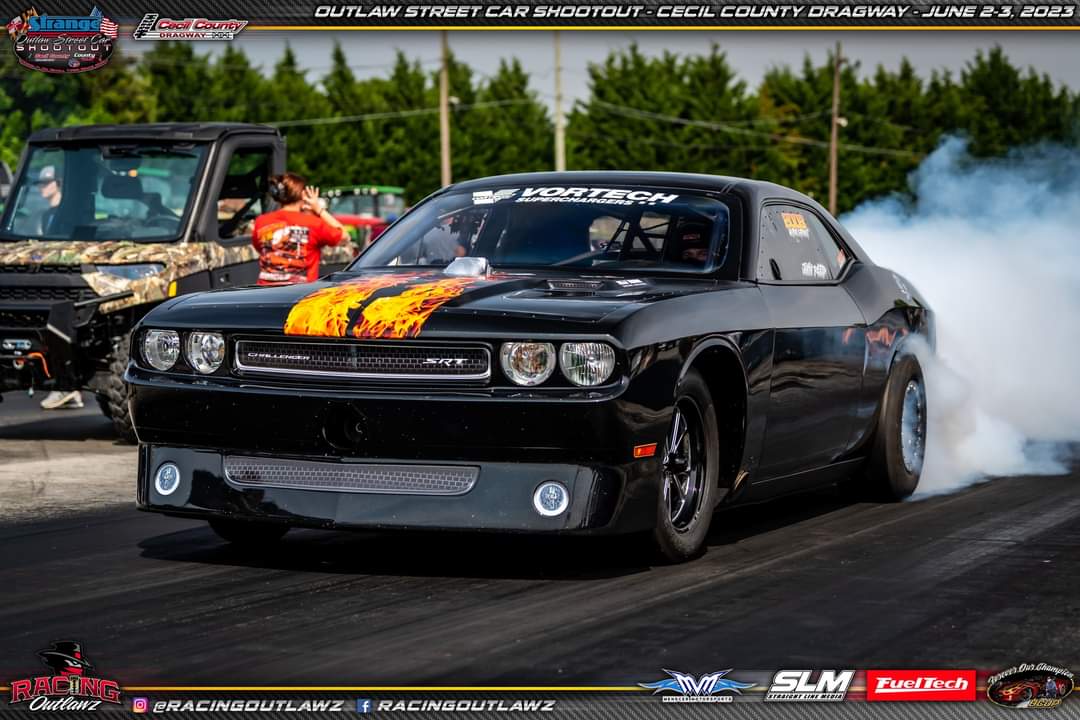
Unfortunately, while racing in early June, something happened to Reed’s Challenger just after he crossed the finish line, causing the car to shoot hard across the track, slamming into the concrete wall and exploding into a ball of fire. John got out of the car without sustaining any serious injuries thanks to the safety measures required of a car of this level of performance, but his car was badly damaged. He is already making plans for the next chapter of his racing story and we wouldn’t be surprised if he comes back even quicker.
